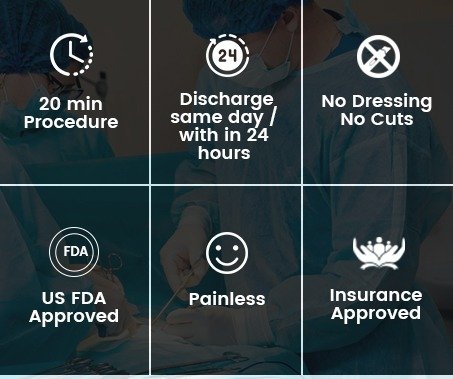Piles, also known as hemorrhoids, are swollen and inflamed veins in the rectum and anus that result in discomfort and bleeding. There are various treatment options available for piles, ranging from lifestyle changes to medical interventions. Here are some common types of treatments:
- Lifestyle Modifications:
- Dietary Changes: Consuming a high-fiber diet can help soften stools and make them easier to pass, reducing strain during bowel movements. This includes eating more fruits, vegetables, and whole grains.
- Hydration: Drinking an adequate amount of water helps prevent constipation, which can worsen hemorrhoids.
- Topical Treatments:
- Over-the-Counter Creams and Ointments: These products often contain ingredients like hydrocortisone or witch hazel, which can help reduce itching and inflammation.
- Oral Medications:
- Pain Relievers: Over-the-counter pain relievers like acetaminophen or ibuprofen may help alleviate pain and discomfort.
- Fiber Supplements: If dietary changes are insufficient, fiber supplements can be taken to promote regular bowel movements.
- Sitz Baths:
- Soaking the affected area in warm water (sitz bath) for about 15 minutes several times a day can help relieve symptoms.
- Rubber Band Ligation:
- A medical procedure where a rubber band is placed around the base of the hemorrhoid, cutting off blood flow. This causes the hemorrhoid to shrink and fall off within a few days.
- Sclerotherapy:
- Injection of a chemical solution into the hemorrhoid tissue, causing it to shrink.
- Infrared Coagulation (IRC):
- The use of infrared light to coagulate the blood vessels feeding the hemorrhoid, causing it to shrink.
- Hemorrhoidectomy:
- Surgical removal of hemorrhoids. This is typically reserved for severe cases that do not respond to other treatments.
- Stapled Hemorrhoidopexy (Procedure for Prolapse and Hemorrhoids – PPH):
- A surgical procedure that involves stapling the hemorrhoids back into their normal position, reducing blood flow to the affected tissue.
It’s important to note that the appropriate treatment depends on the severity and symptoms of the piles. It is advisable to consult with a healthcare professional for an accurate diagnosis and personalized treatment plan.






